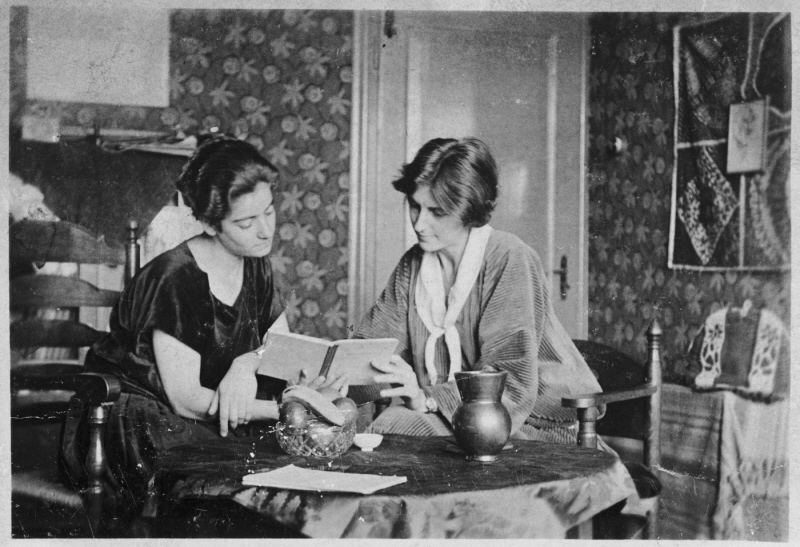Frieda Belinfante was a woman who, blessed with immense musical talent, seemed destined for greatness – at least until the Nazi occupation of Holland in the Second World War got in the way.
However, instead of sinking into despondency and despair, she decided to take the fight to the Nazis. She temporarily set her musical career aside so that she could focus all her efforts on aiding the Dutch resistance.
Belinfante came from a musical family, so it was not surprising that she, too, was musically talented. She studied the cello from the age of ten and soon became a talented cellist.
A few years after graduating from the Amsterdam Conservatory, she began directing orchestras. In 1937, she became the first woman in Europe to become an artistic director and conductor of a professional orchestral ensemble. Her star was undoubtedly rising, but the Nazi occupation of the Netherlands quickly put a stop to her ascent.
Belinfante was friends with a number of openly gay men, including Willem Arondeus, one of the leaders of the Dutch Resistance. She told him that she wanted to help fight the Nazis and ended up getting involved with the CKC resistance group.
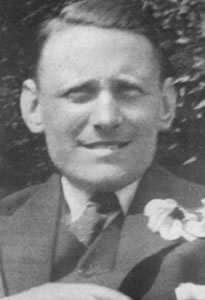
Their primary duty was to forge official documents that would allow Jews and others whom the Gestapo were after to exit the country without being caught. It was dangerous work, punishable by death. Their activities soon became even riskier when Nazi officials began to suspect that a large number of documents were being forged.
Belinfante realized that the only way to continue forging documents for vulnerable people was to destroy the original documents. That would ensure the Nazis couldn’t compare the originals to the forgeries. It was this chain of thought that led to the bombing of the Amsterdam Public Registry.

The bombing took place on the 27th of March 1943. As a woman, Belinfante was not allowed to take part in the actual attack. She learned of the success of the bombing, but only found out that all of the members who had participated had been caught when one of her fellow CKC members failed to show up for a meeting.
Now, her own life was in peril. To avoid being caught, she disguised herself as a man and used a false name. Her disguise was so effective that she walked past her own mother a few times on the street and was not recognized.
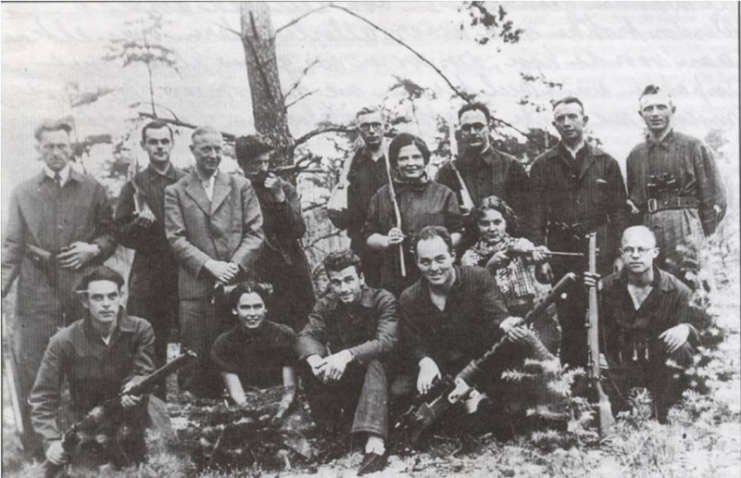
After a few months, though, the net was tightening. Belinfante realized that unless she fled the country, it was only a matter of time before the Nazis caught her. With the help of the resistance, she managed to cross the Belgian and French borders. With the aid of the French resistance, she made her way toward Switzerland.
She was partnered with a Jewish man named Tony for this leg of the journey, which involved a lot of hiking through remote locations in the winter of 1944. They had to wade through a freezing river, up to their necks in icy water and naked to keep their clothes dry. They also had to hike for hours through the mountains.
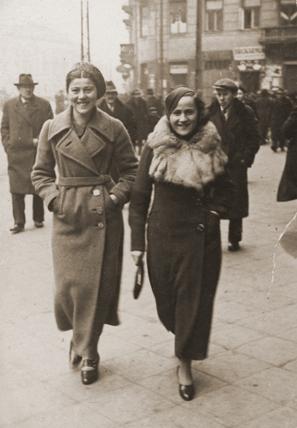
Finally, they were spotted by Swiss officials – but they did not receive a friendly welcome into the neutral country. They were immediately arrested and taken to prison, where each of them was interrogated. This was when Belinfante made a mistake that was to haunt her for the rest of her life.
The police asked her if Tony was her husband, and she told them the truth, that he wasn’t. She couldn’t know that Switzerland had just stopped accepting single male refugees. She only found out later that, since she had said Tony was not her husband, he had been sent back to France, where the Nazis captured and executed him.
She narrowly avoided a similar fate, though, because Swizz officials were preparing to send her back across the border too. However, one of her old music teachers, Hermann Scherchen, verified that she was indeed a Dutch citizen, and she was allowed to stay in Switzerland in a refugee camp.
While life in the camp was trying, she tried to brighten up the atmosphere by offering free cello lessons. Music had always been something that had brought immense joy to her, and she hoped to spread this happiness to others.
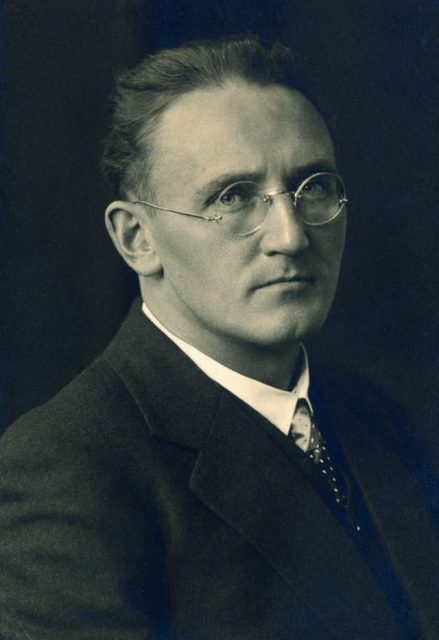
After the war ended, she returned to the Netherlands. However, she was disappointed at how little recognition members of the resistance received, and how those she termed “fence-sitters” during the Nazi occupation had now risen to power. So, she emigrated to the United States in 1947.
She returned to music and initially made great strides in getting her career back to where it had been prior to the outbreak of WW2. Eventually, she was directing the Orange County Philharmonic Society.
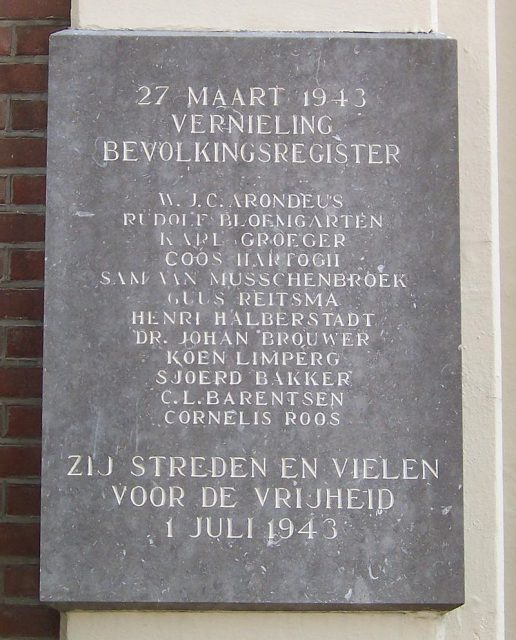
Unfortunately, financial pressures, sexual discrimination, and rumors about her sexuality resulted in the orchestra declining to renew her contract in 1962. Dejected, she withdrew from public life and only taught music in private.
However, later in her life, after many decades in the shadows, her efforts during WW2 were finally recognized. In 1994, the Dutch government funded a film, But I Was A Girl, inspired by her life. Her contribution to the resistance was also officially recognized by the United States Holocaust Memorial Museum.
Frieda Belinfante, a true Dutch heroine, passed away in 1995.
